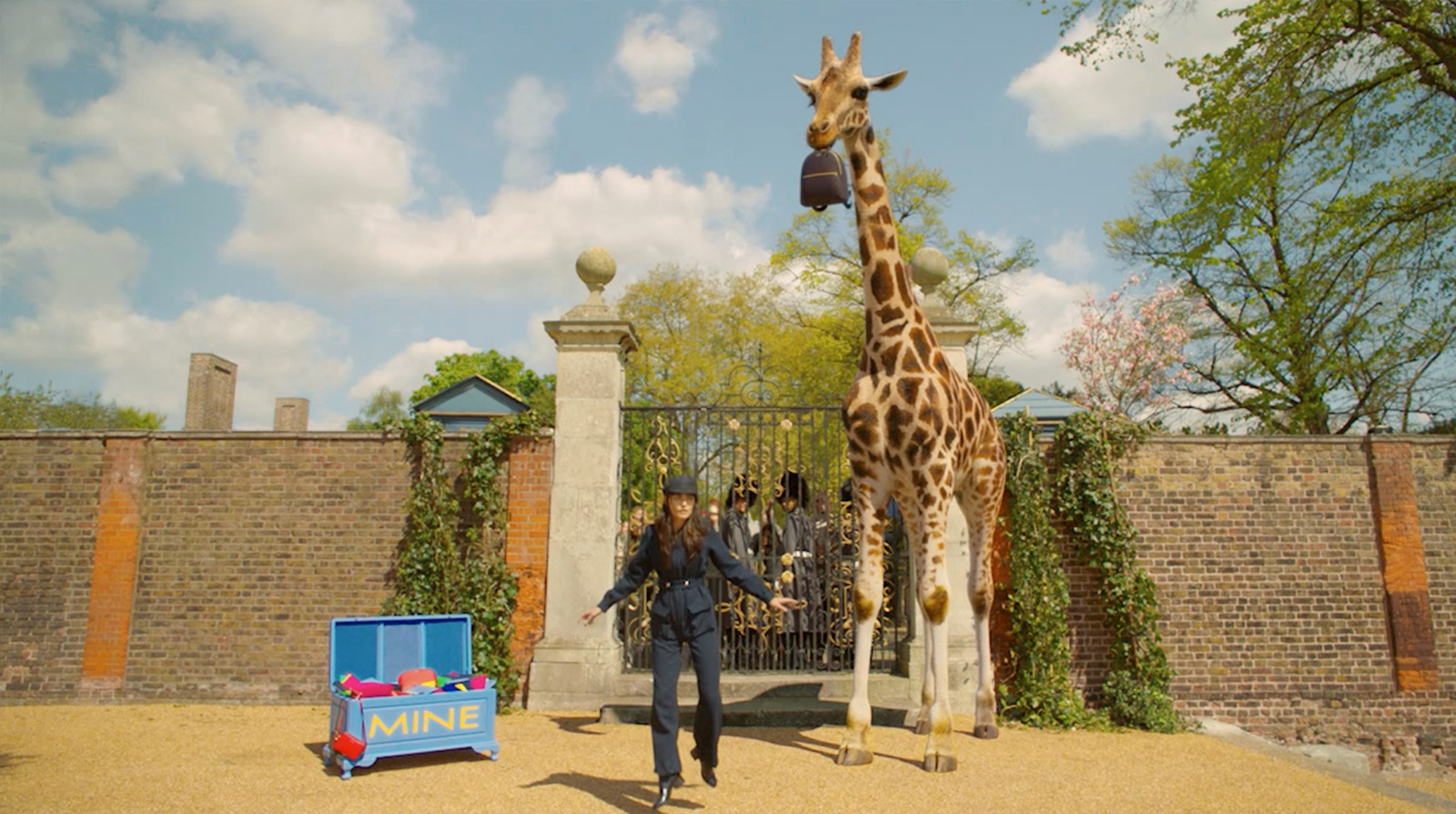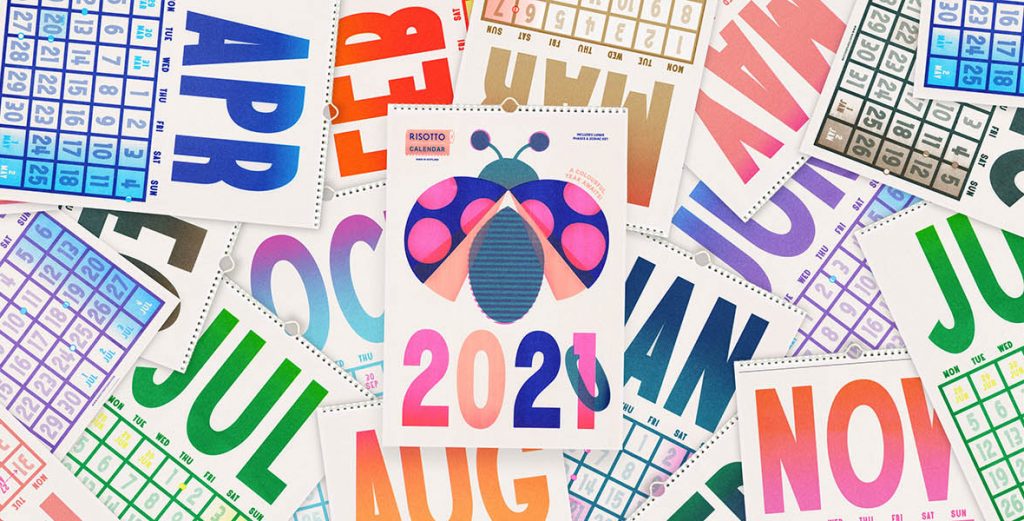Smythson’s “Journey to the Wild Side” Short Film
Filmmaker Sophie Edelstein blends fantasy and reality for the heritage brand’s new visual direction

With a vibrant and whimsical London as the centerpiece, Smythson‘s new travel products as elements of the wardrobe, and a cast of animals as supporting actors, filmmaker Sophie Edelstein‘s new short film “Journey to the Wild Side” charms and delights. Starring Phoebe Tonkin as an “Alice in Wonderland”-like heroine on a mission to find Buckingham Palace, the narrative blends fantasy and reality with pops of color bursting from all over. Edelstein has crafted a fairly linear narrative, with a protagonist on a mission. Nuanced mise-en-scène, however, populates the screen—from Aaron Sillis’ choreography to Menlo Park Music’s score. Rhys Ifans also makes a number of appearances—perhaps a Mad Hatter of sorts. The film was commissioned to accompany Smythson’s fall 2017 rebrand and their chic leather travel collection. Edelstein and her cast (human or otherwise) do a superb job of balancing the wonder of it all with a heritage brand and its mission. To better understand how it all came to be, we spoke with Edelstein about everything from CGI to tossing luggage.
How did you determine this sort of ”Alice” concept and what steps did you take to translate it to today’s audiences?
Honestly, the first thing I saw was an elephant walking down Regent St, throwing luggage at people and disrupting the work day! I don’t even know why I had that thought, but I liked this idea of worlds colliding and then my producer told me I couldn’t shut down Regent Street and there was only one elephant-actor in Germany and I don’t think the elephant wanted to shut down Regent Street… So I had to rethink the idea.
I liked the idea of seeing London through a foreigner’s eyes and also blurring the lines between reality and dream. Travel, holidays—it’s all wrapped up in dreams and the dream of going somewhere, discovering a new place or whatever it might be, so I wanted this to feel very dream-like. However, it had to have a purpose and I wanted Phoebe’s attitude to be quite matter of fact, so that there was a sense of grounded-ness to it—which I also thought an audience would relate to.

The structure of it is in fact quite classic and easy to grasp onto and we kept it like that—with a strong, easy narrative—so that we could create this world yet the story was straightforward and one that probably everyone has experienced: you go to a foreign country, you want to see the most obvious of monuments and no one can give you the right directions! I hoped that everyone could identify with that, and that hopefully they’d want their next holiday to end up like this.

When creating this film, how did you navigate the branded parts to make it a short and not an advertisement?
I wanted the product to feel organically threaded through the piece, and that it happened to just look great and be worn in a way you may not expect. I also wanted it to be seen in contexts you may not expect to see it in too. So I worked with our amazing choreographer, Aaron Sillis and also Joseph Bennett, the set designer, to create dance and sets where the product featured and yet didn’t feel out of place. I suppose because the hero product ends up being the bribe to get into the palace, it doesn’t feel too aggressive.
It is also down to Smythson’s beautiful product which is not heavily branded and rather chic. So the way I wanted to do things, I felt, really reflected the brand and the product itself. It’s not suited to big pack shot “look at me” (and some brands are), it’s a little more timeless than that.

What sort of brief did you receive on this? Was the concept of “Journey to the Wild Side” presented to you?
No, the only brief I had was to do something which launched the idea of Smythson travel and it literally started as a conversation about how to present this new element of the brand to an audience. During the first meeting we talked about the new Greenwich collection luggage, which I immediately coveted, and I thought about a way of bringing that to life which in my head had the cases flying through the air and being used in dance routines, which actually ended up happening.
I wanted it to be centered around the dream of travel, the romanticism of it, but not in a way you would usually expect. I liked the idea of seeing a London you’d never seen, never even imagined. I also liked the idea of London through a foreigner’s eyes—that she had travelled to London to see these sights but ended up seeing things she’d never imagined, which is the best kind of trip, really.

How did you work on set/location without the GCI elements in place?
It was very time-consuming, there was a lot of measuring and planning and shooting frames. It requires a lot of planning and a lot of support. We were really lucky to work with an amazing post house in Freefolk who had the loveliest team come to set and had to put up with me being probably terribly impatient. I think the most restrictive element is having to commit absolutely to what frames you are going to have and exactly how many of each you are going to use. However, that really made me and our entire team, particularly my amazing producers, very focused on the task at had and very strict. It requires so much forward planning but that always pays off.

What do you think the film says about the city of London?
Hopefully, that it’s alive and full of surprises. Also, that there’s so much going on in London, so many secret passages and so much to discover.
I’m not British and I remember the rush of landing in London for the first time as a child and being so excited to see the traditional monuments, but then finding things like the Sir John Soane Museum and thinking, “How can something so wonderful actually exist?” So I suppose I always hold onto this same magical idea about London even though I’ve lived here now for 17 years, on and off.

Working with such a historic heritage brand, did you feel like a gatekeeper of sorts, beholden to certain elements of the brand?
Yes, enormously. It was a very fine line balancing something that felt fresh and different whilst also keeping this idea of classic heritage which is really so strong and beautifully maintained at Smythson. The archive is amazing and actually we took a lot of inspiration from that, my stylist Valentine Fillol-Cordier (who actually designed all the clothes) was always referencing the archive especially in the elephant scene and Isla Gordon-Crozier my producer was always reminding me of phrases from the older diaries.
The way I approached it was for it to feel timeless and classic in its incarnation—so the structure of the story was classic, the styling mood and feel all felt classic too. My references were classic, but particularly here it was everything from “Funny Face” to dance scenes from Fellini. I was protective of the heritage and we worked hard at it because conceptually it was very modern. I like that the place where these ideas met was in this world, but the world feels timeless.
Video and images courtesy of Smythson












